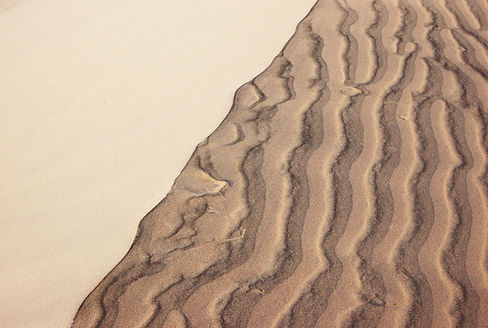
How Pain Works
All pain is constructed entirely in the brain. This doesn't mean your pain is any less real – it's just that your brain literally creates what your body feels, and in cases of chronic pain, your brain helps perpetuate it.
How Pain Works
Our brains have the power to switch pain on or off. This statement sounded wildly farfetched before entering neuroscience work and more recently mind bdoy work. Why would our bodies want to put us through this pain ? Later on I will explain exactly HOW and WHY this occurs.
Chronic pain, with a prevalence of 20–30 % is the major cause of human suffering worldwide- but it does not have to be.


Pain is a protector
Pain as Protector
Although it might not feel like it, pain has evolved as an important danger signal to help protect our bodies. When we physically injure ourselves by burning our finger on a hot stove, or by hitting our leg against the corner of a table, pain exists to let us know that something isn’t quite right.
Whilst it might feel like the pain is being generated in the area where it is felt, all pain is generated in the brain. In fact, our brain has complex mechanisms that enable it to decide whether or not to switch pain on or off. If you break your ankle when running from a tiger, your brain will likely not generate pain to improve your chances of escaping and surviving. If you break your ankle on a daily run, your brain will likely trigger severe pain to get you stop the run and rest in order to heal and prevent irreparable damage. This network is commonly known as a ‘salience network’, due to the brain’s ability to decide what is most salient/important to attend to.
Pain can also be generated if emotions become "too large" for us to feel. Pain, whether it be emotional or physical, is all processed in the same regions of the brain. It is well known that repressed emotions can trigger phsyical symptoms in the body in order to get our attention to respond in more appropriate ways in order to signal safety back to our brains and bodies.
